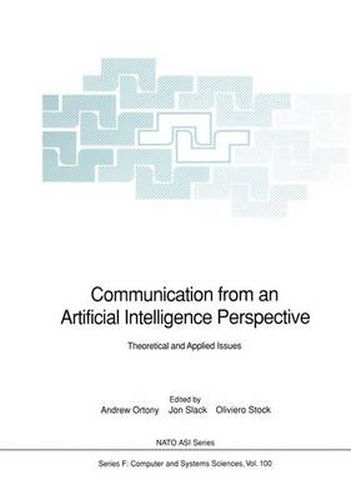Readings Newsletter
Become a Readings Member to make your shopping experience even easier.
Sign in or sign up for free!
You’re not far away from qualifying for FREE standard shipping within Australia
You’ve qualified for FREE standard shipping within Australia
The cart is loading…






This title is printed to order. This book may have been self-published. If so, we cannot guarantee the quality of the content. In the main most books will have gone through the editing process however some may not. We therefore suggest that you be aware of this before ordering this book. If in doubt check either the author or publisher’s details as we are unable to accept any returns unless they are faulty. Please contact us if you have any questions.
Castel Ivano, originally built in 1375, is one of many beautiful and impressive castles strategically placed atop hills in Trentino’s Valsugana in Northern Italy. It was in this castle on a series of brilliant sunny crisp November days in 1990 that an international group of computer scientists and cognitive scientists met at a workshop to discuss theoretical and applied issues concerning communi cation from an Artificial Intelligence and Cognitive Science perspective. About forty people, representing nine countries, participated in the workshop, either as speakers, discussants, or observers. The main motivationfor the workshop wasto address the questionofwhether and how current computational approaches to communication can or might be able to accommodate the range of complexities that characterize both human human and human-machine communication. The chapters in this book are based on the papers that were presented at the workshop. They are presented in an order that is determined primarily by the specificity of the topics they address. The initial chapters are more theoretical in nature with an emphasis on formal approaches to communication. The middle chapters focus on particular application issues, such as the generation ofmultimedia documents and the role of planning in building systems to support human-human or human-machine interaction. The final few chapters consider more general issues relating to com munication, such as the influence ofsocial structure on, and the role of affect in communication.
$9.00 standard shipping within Australia
FREE standard shipping within Australia for orders over $100.00
Express & International shipping calculated at checkout
This title is printed to order. This book may have been self-published. If so, we cannot guarantee the quality of the content. In the main most books will have gone through the editing process however some may not. We therefore suggest that you be aware of this before ordering this book. If in doubt check either the author or publisher’s details as we are unable to accept any returns unless they are faulty. Please contact us if you have any questions.
Castel Ivano, originally built in 1375, is one of many beautiful and impressive castles strategically placed atop hills in Trentino’s Valsugana in Northern Italy. It was in this castle on a series of brilliant sunny crisp November days in 1990 that an international group of computer scientists and cognitive scientists met at a workshop to discuss theoretical and applied issues concerning communi cation from an Artificial Intelligence and Cognitive Science perspective. About forty people, representing nine countries, participated in the workshop, either as speakers, discussants, or observers. The main motivationfor the workshop wasto address the questionofwhether and how current computational approaches to communication can or might be able to accommodate the range of complexities that characterize both human human and human-machine communication. The chapters in this book are based on the papers that were presented at the workshop. They are presented in an order that is determined primarily by the specificity of the topics they address. The initial chapters are more theoretical in nature with an emphasis on formal approaches to communication. The middle chapters focus on particular application issues, such as the generation ofmultimedia documents and the role of planning in building systems to support human-human or human-machine interaction. The final few chapters consider more general issues relating to com munication, such as the influence ofsocial structure on, and the role of affect in communication.